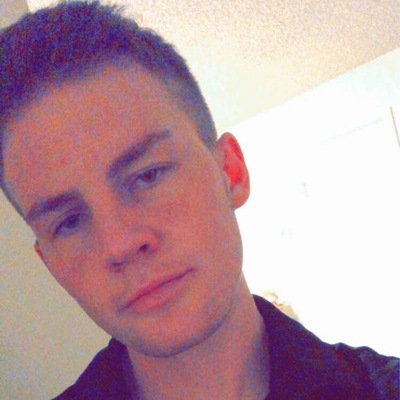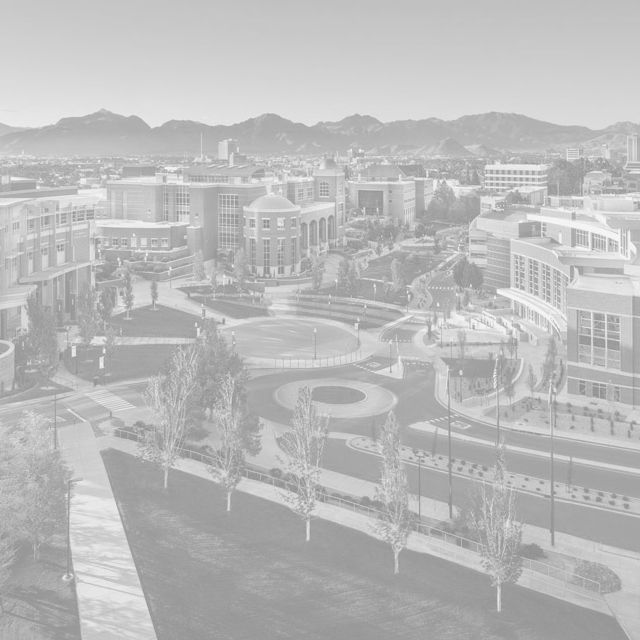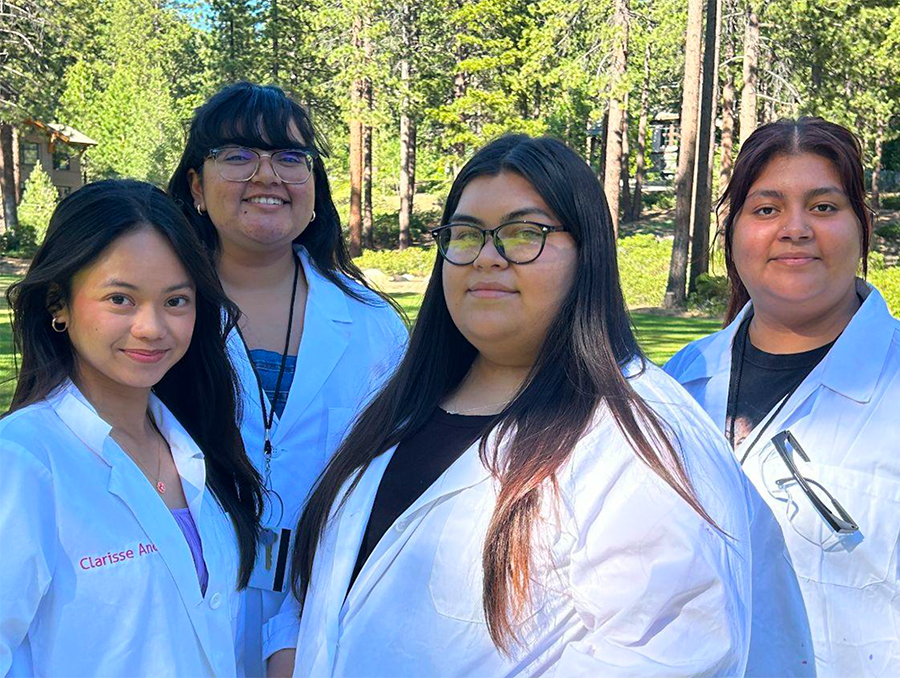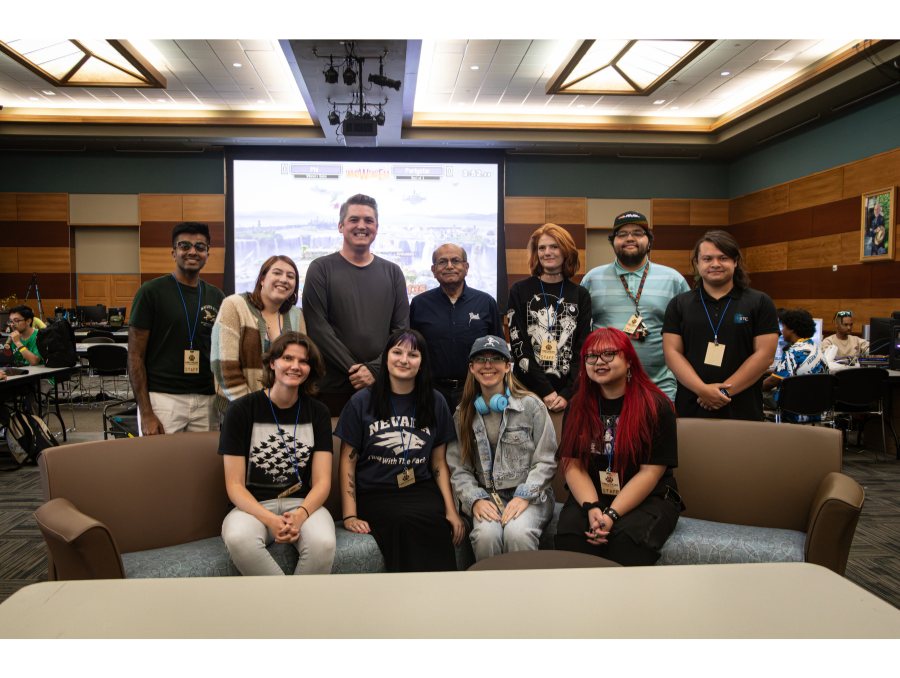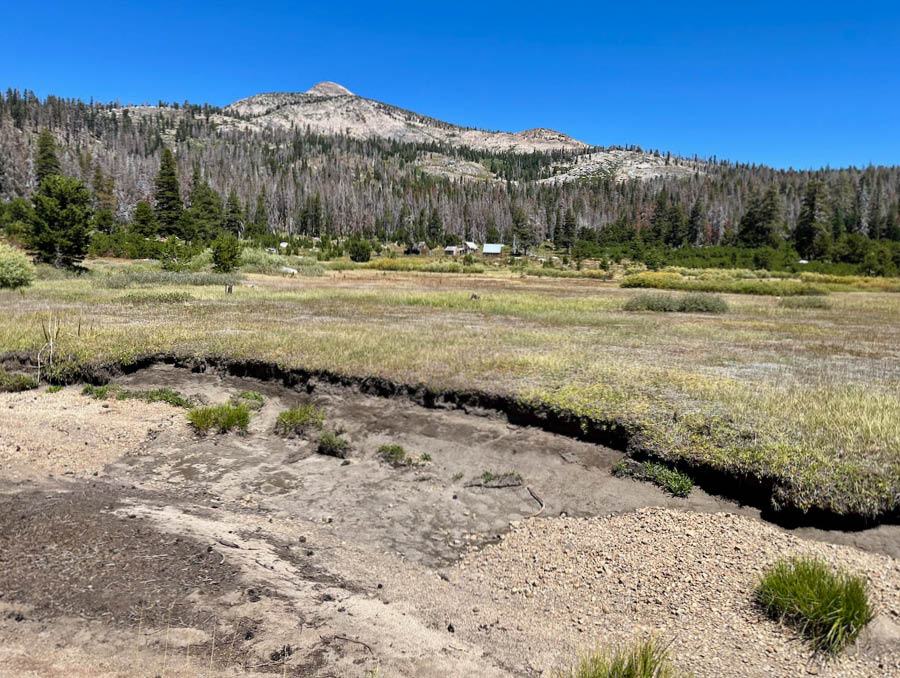Neon in Nevada: Preserving the glow of neon
The "Neon in Nevada" digital archive documents Nevada's neon pride
I recently finished my first year in the Creative Writing MFA program here at the University of Nevada, Reno. I needed a summer job, so when I heard about the University Libraries Neon in Nevada Project, I jumped to apply to work on social media and marketing leading up to the launch of the project at the end of summer 2021.
My role has been to develop the social media and marketing aspects of this project. Since early May 2021 I’ve worked to get the word out and drum up excitement for Neon in Nevada digital archive. The experience has rewarded me with getting to see and learn about iconic artistic signs and their unique histories. Little, and not-so-little, neon gems are spread across the state from the bigger cities of Reno and Las Vegas to rural towns like Winnemucca, Tonopah, Elko, and even McDermitt.
My interest in archives and Nevada history was ignited when I served as the Darla Garey-Sage intern with Special Collections and University Archives back in 2018, where I helped curate the “Closer to the Land” exhibit that was displayed on the third floor of the Mathewson-IGT Knowledge Center.
I’m excited to work for the University Libraries again on the Neon in Nevada Project. The team working on the project collected and processed thousands of images of neon signs across Nevada and preserved them in an interactive digital archive that is now accessible to the public. I am grateful to work on this project because I believe it’s important to showcase the neon sign jewels that exist across Nevada. The goal was to create a space where people in Nevada and elsewhere can view and interact with a vast collection of neon signs from all corners of the state in one place.
The Neon in Nevada website and digital archive is a showcase of Nevada’s pride illuminated in neon, telling a vast visual and cultural history of our state.
Because neon is so embedded in the culture of Nevada and it’s something most Nevadans and visitors recognize as significant to the state, it is my hope people are going to be excited about having a place to explore all of the neon our state has to offer.
Most people likely have noticed the gradual, and not-so-gradual, disappearance of neon as new development takes place, and many will appreciate our efforts to document these signs before they’re gone. This project is a necessity to archive and celebrate Nevada in all its neon glory.
Neon in Nevada was devised by former Reynolds School of Journalism professor Katherine Hepworth and History professor Chris Church. The two approached Amy Hunsaker, the University Libraries former Art Librarian, regarding creating a living digital archive documenting and preserving images of vintage neon signs across the state of Nevada.
The pair thought of Amy because she worked on the Libraries’ popular Reno Street Art Project, which documented street art in downtown Reno in an interactive, virtual reality format as well as a photographic digital archive. Katherine and Chris wanted to do something similar with all of the neon signs in Nevada.
One of their primary goals with this project was also to talk to people they wouldn’t normally talk to and partner with people they wouldn’t normally partner with, such as folks from rural towns in Nevada. Amy shared with me that since the University of Nevada, Reno and University of Nevada, Las Vegas are the two main institutions in Nevada, one might think their libraries would collaborate more, but they rarely do. Amy believed this project presented a wonderful opportunity for the libraries of both schools to work together in preserving the unique history of neon in Nevada. In partnering with UNLV, the Nevada Historical Society, rural towns, neon experts and enthusiasts, this project has truly been a state-wide, collaborative effort.
Although the UNLV Libraries are housing and preserving the images of neon signs in their digital repository, they didn’t have the capacity to create a digital exhibit around them. Chris Church stepped in and created a website specifically for the project that would allow more engagement with the photo collection.
Neon was invented in France in the 1920s and exploded in popularity in the United States predominantly starting in the late 1920s-early 1930s. Despite being popular across the country in the ‘30s, ‘40s, and ‘50s, no other place had neon quite like Nevada.
The streets of Reno and Las Vegas were glowing in buzzing neon, signalling entry to casinos, bars, and other businesses. Even gas stations and grocery stores have gambling rooms that are of course demarcated with neon. The glitzy neon of Nevada is unmistakable and representative of the all-night gambling, drinking and general merrymaking experienced uniquely in our state. Neon made this hard and fast drinking and gambling lifestyle, characteristic of Nevada, glamorous, dazzling. When people think of Nevada, likely images of the glittering streets of Las Vegas and Reno pop into their heads.
It’s been wonderful to see how passionate people are about neon and how attached they are to these iconic signs all across the state. I also have a personal connection to these signs because I created an artist book in 2018 entitled “Redo” to capture some of these motels before they were/are demolished by the currents of modern development. These motels have fantastic neon signs, and I think it is so important to keep the history and artistry of these signs alive. One such motel is the Stardust Inn. The font on the Stardust neon sign was actually invented just for that sign--proof that these neon signs aren’t just advertising tools but pieces of art as well. These signs are unique, created painstakingly by skilled neon artisans, aptly named tube benders.
Neon is increasingly under threat as more and more development happens and more old motels and businesses get torn down. Time has been of the essence for this project. These signs are pieces of art and history and either have been or will soon be removed from their original context. This project is vital in keeping the brilliant glow of neon and its historical context alive.

